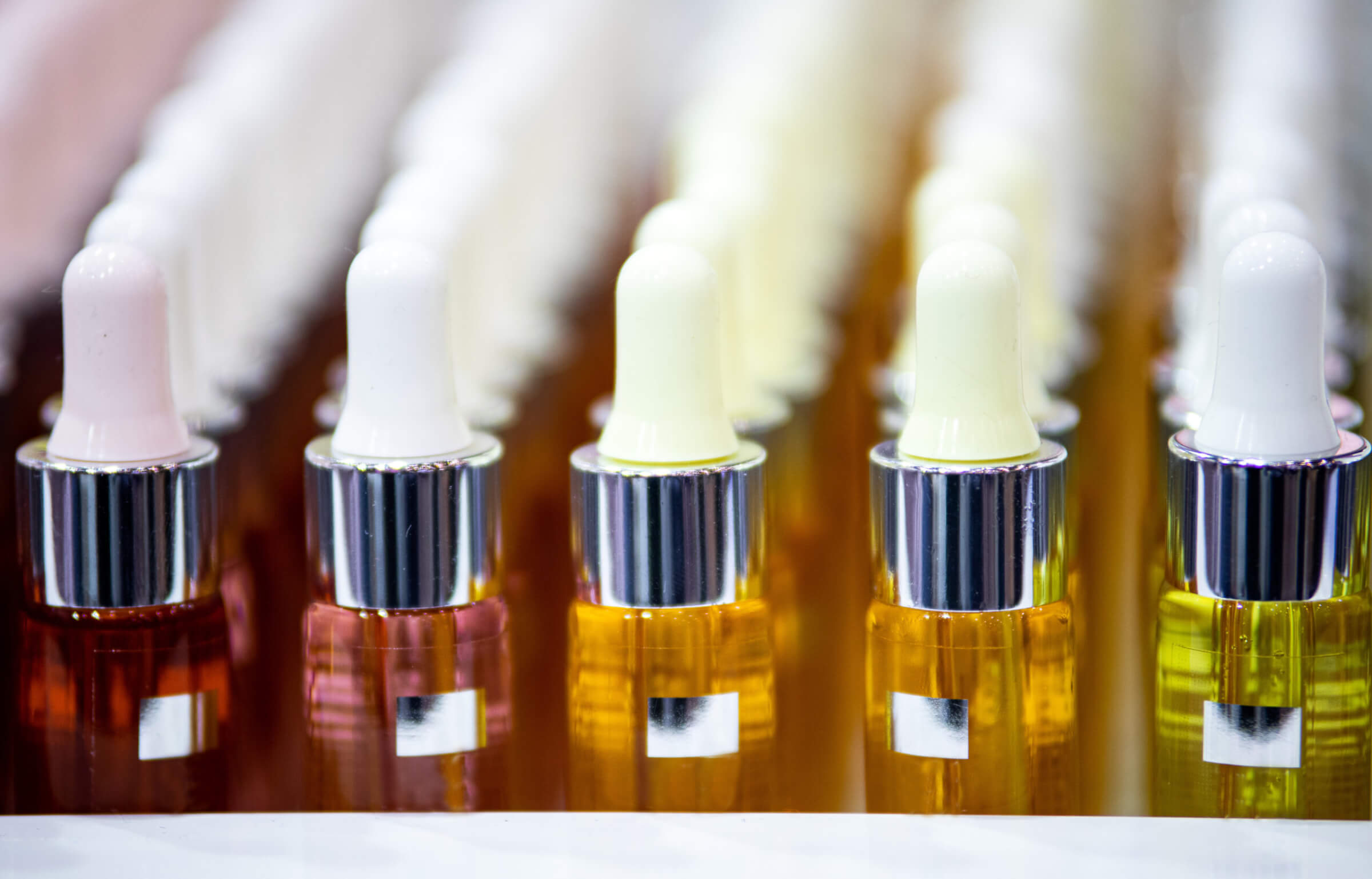Discussing cosmetics and personal care products conjures up images of beauty, colors, fashion, glamor and glossy magazine ads. These products promise a beautiful life if you just buy this lipstick or that fragrance. But the consumer isn’t so easily seduced. With increasing frequency, consumers clamor for detailed information about the cosmetics and personal care items they use. And, wanting to meet consumer demand and the changing trajectory of regulations for cosmetics, personal care brands are keen to adopt technologies that let them follow every step of their products’ journey to gain complete supply chain visibility.
And it’s about much more than just delivering on consumer demand and regulatory compliance. It’s also about streamlining and optimizing the manufacturing process as well as things like restocking issues. Like most consumer goods, cosmetics and personal care products – and production – are subject to shifting supply and demand conditions, seasonality, trends, logistics and distribution challenges and more. Full supply chain visibility for cosmetics and personal care can alleviate many of these challenges.
Consumers drive change; regulation codifies it
Consumers of cosmetics and personal care goods are in the driver’s seat, often making purchasing decisions based on how much transparency a cosmetic brand offers. If a consumer wants to know that their product is ethically sourced, contains only safe, cruelty-free ingredients, is genuine, and has a smaller carbon footprint than comparable products, brands have incentives to provide this information as a part of the product and its packaging.
After all, a range of surveys shows that up to two-thirds of consumers will pay more for eco-friendly, sustainable and/or ethical products. They also report a greater likelihood of remaining loyal to brands that prioritize sustainability. For younger consumers, aged 18-34, these numbers are even higher. Up to 80% of young consumers are happy to pay more, according to a Business of Sustainability Index report.
For cosmetics and personal care brands, consumers may drive the need for transparency, which regulators will piggyback on and enforce, but in adopting traceability technology, brands get supply chain visibility, which leads to further benefits.
Supply chain visibility for beauty brands: Concealing complexity
The cosmetics and personal care industry is complex and global, relying on difficult-to-track raw material sourcing. This obscures the accuracy of data about the movement of goods through the supply chain and the accuracy of planning for manufacturing times. In addition, it also muddies brands’ ability to claim ethical sourcing of materials, poses roadblocks to verifiable compliance with regulations, and may allow counterfeit and dangerous materials to enter the supply chain. Simplifying and gaining visibility into the supply chain with traceability technology and a connected products platform streamlines this data and conceals complexity behind the scenes.
Streamlining cosmetics manufacturing and inventory challenges
Traceability technology, employed through QR codes, tags, barcodes, and other means of assigning unique digital IDs to products, enables real-time tracking. Not only does this insight provide what consumers and regulators want, it gives beauty brands the missing piece of the manufacturing and inventory puzzle. With greater insight into inventory management, shipment status, brands can identify potential bottlenecks in manufacturing and address them before they become issues.
Similarly, brands can deploy traceability technology as a part of quality assurance. Traceability facilitates monitoring production and distribution processes. If quality issues arise, connected products make it easy to pinpoint the source of the problem and correct it with minimal disruption (i.e., avoiding mass recalls).
Looking ahead, cosmetics and personal care brands can also employ traceability for more exact demand forecasting and predictive analytics. This will contribute to everything from being able to plan and allocate resources more effectively and efficiently. It will contribute to sustainability efforts by minimizing excess inventory and waste.
Visibility is beauty
The current cosmetics and personal care landscape is one that demands transparency and full visibility into the increasingly complex and global supply chain. For brands, getting an end-to-end view of the product life cycle provides numerous benefits. It ensures a pathway to better consumer experiences, regulatory compliance and more efficient functioning of their manufacturing, inventory and distribution processes.
Discover how traceability technology solves the cosmetics and personal care industry’s biggest challenges by downloading the new E-Book “The Beauty Behind Traceability”.
